Introduction by Greg Kaltenecker, Diane and Winston Moore Family Endowed Executive Director
Those of you who have followed IBO for a number of years will be familiar with our collaboration in Spain with “sister” organization Fundación Migres. Over the years we have sent a number of students to the city of Tarifa, Spain to participate in counts of soaring birds, trapping and banding of Black Kites, banding of songbirds and flamingos, and countless other incredible activities.
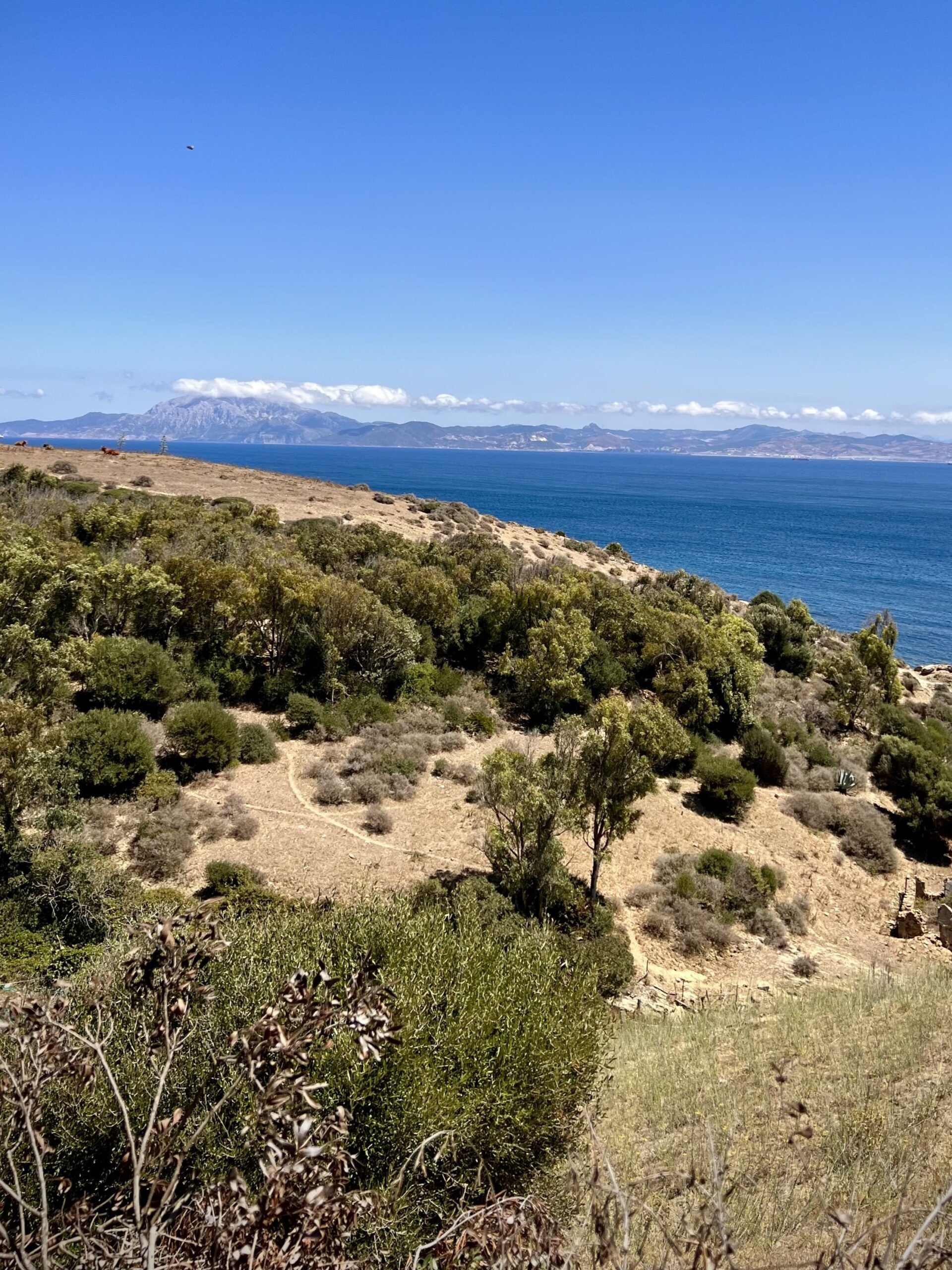
In 2022 I collaborated with Boise State’s Raptor Research Center Director Dr. Jim Belthoff to submit a proposal to the National Science Foundation under their International Research Experience for Students (IRES) program. The project was funded, and the two Principal Investigators (PI’s for short) have been busy over the past several months planning for its launch in 2024. The project is funded for three years and will allow for teams of five students each year to travel to Spain in July and August. There they will be mentored by Spanish scientists and accomplish research projects related to raptor migration, climate change, and renewable energy.
The south of Spain, a global-scale migration site, is the perfect location to do this!Greg Kaltenecker
During the summer of 2023 Dr. Belthoff and I sent two Boise State students, Eden Ravecca and Anna Connington, to Tarifa. Together they “piloted” the new project, worked out any kinks, developed ties with Spanish scientists, explored research ideas, and immersed themselves in the vibrant culture of southern Spain. Jim and I visited these students in early August and found them to be fitting in like locals, speaking Spanish fluently, working on a number of different projects as well as initiating their own.
It was our pleasure to spend time with these students and we remarked at how well they did and what they had made of this brief but significant opportunity!Greg Kaltenecker
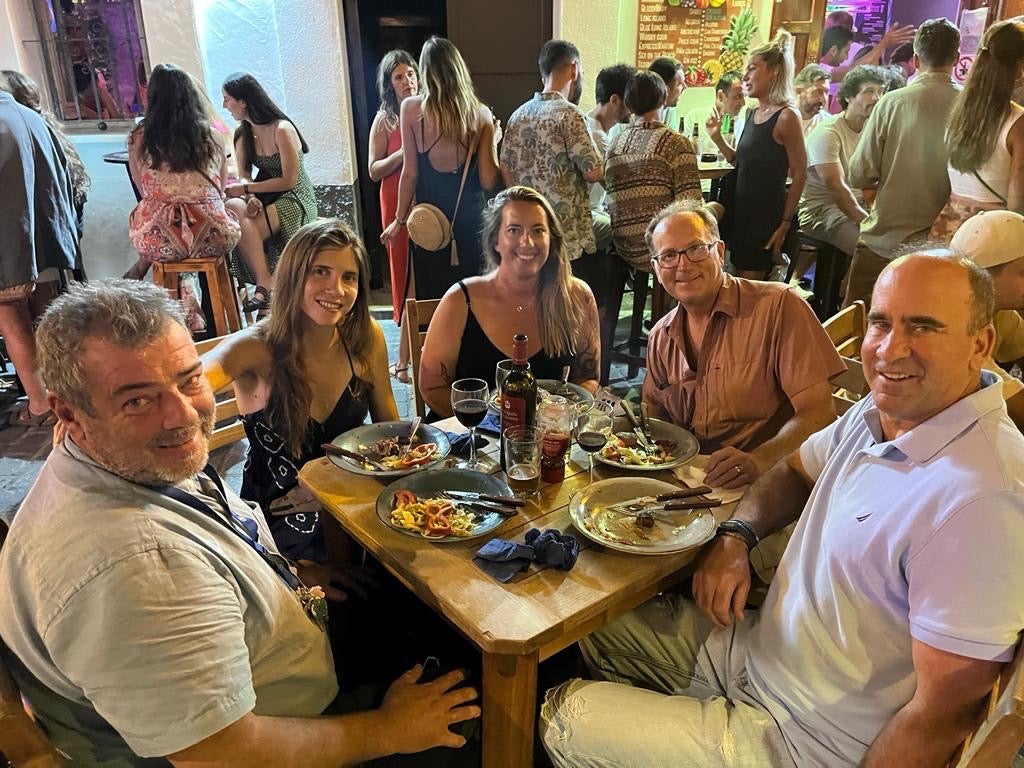
I hope that you enjoy the article below written by Boise State Doctorate student, Eden Ravecca. Her fascination with the place, the work, the people, and the culture is obvious! So many of the articles in this newsletter hint at how the opportunities provided by IBO and our various projects are life-changing for students in so many ways.
To read these students’ testimonials brings tears to my eyes and gives me a deep satisfaction that I can’t put into words.Greg Kaltenecker
The IRES opportunity includes a spring course to prepare students for eight weeks of research at CIMA (Centro Internacional de Migración de Aves), the permanent field station of Migres located in Tarifa, and also travel to the annual conference of the Raptor Research Foundation. Students will participate in this professional conference by presenting results from their research to their peers. What an incredible opportunity! If you’re a Boise State Student, visit this page to learn more about this program.
An Immersion in the Science, Culture, and Migration of Southern Spain
By Eden Ravecca, Boise State Ecology, Evolution, and Behavior PhD Student
It’s not every day that you get to embark on an adventure that feels like a dream. I had the privilege of working as an International Research Intern with IBO and the Spanish bird conservation organization, Fundación Migres, at a site in one of the world’s most important migratory flyways.
If I could sum up my six-week internship in Tarifa, Spain, it would be an experience that redefined the way I see the world.Eden Ravecca
It was an unforgettable journey in a place where the Atlantic Ocean cozies up to the Mediterranean Sea and where European Bee-eaters serenade the skies.
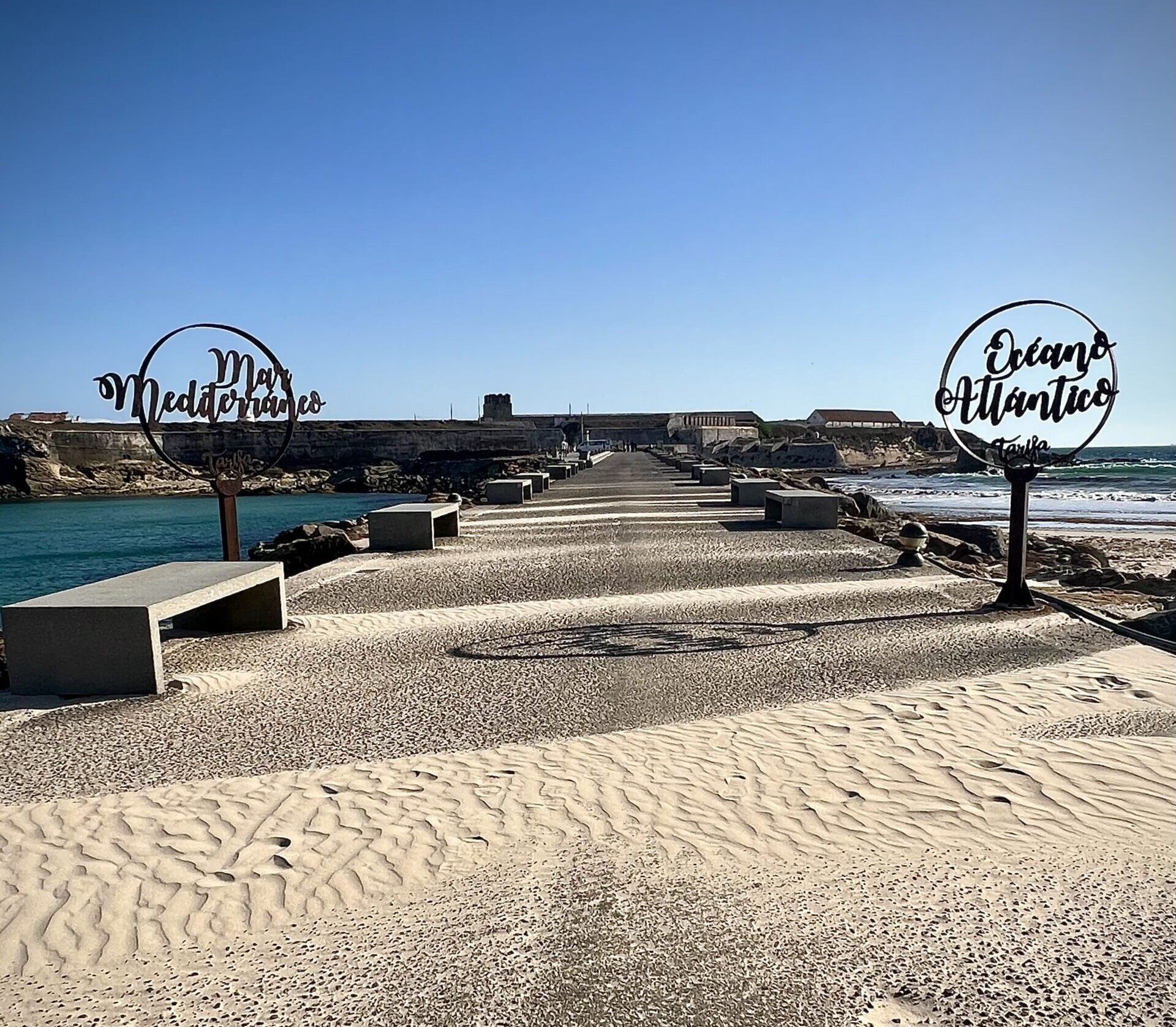
The Vibrant Energy of Tarifa
Tarifa is a town where the energy is as vibrant as the Mediterranean sun. Tarifa by day, is a lively coastal town with a beachy vibe, offering an atmosphere that invites you to live in the moment. As the sun sets, the town undergoes a beautiful transformation. Its quaint, cobbled streets, steeped in history, come to life with live Spanish music, while the town’s culinary scene blossoms into a haven of delicious food and drinks.
The skies of Tarifa were a spectacle and nothing short of magical.Eden Ravecca
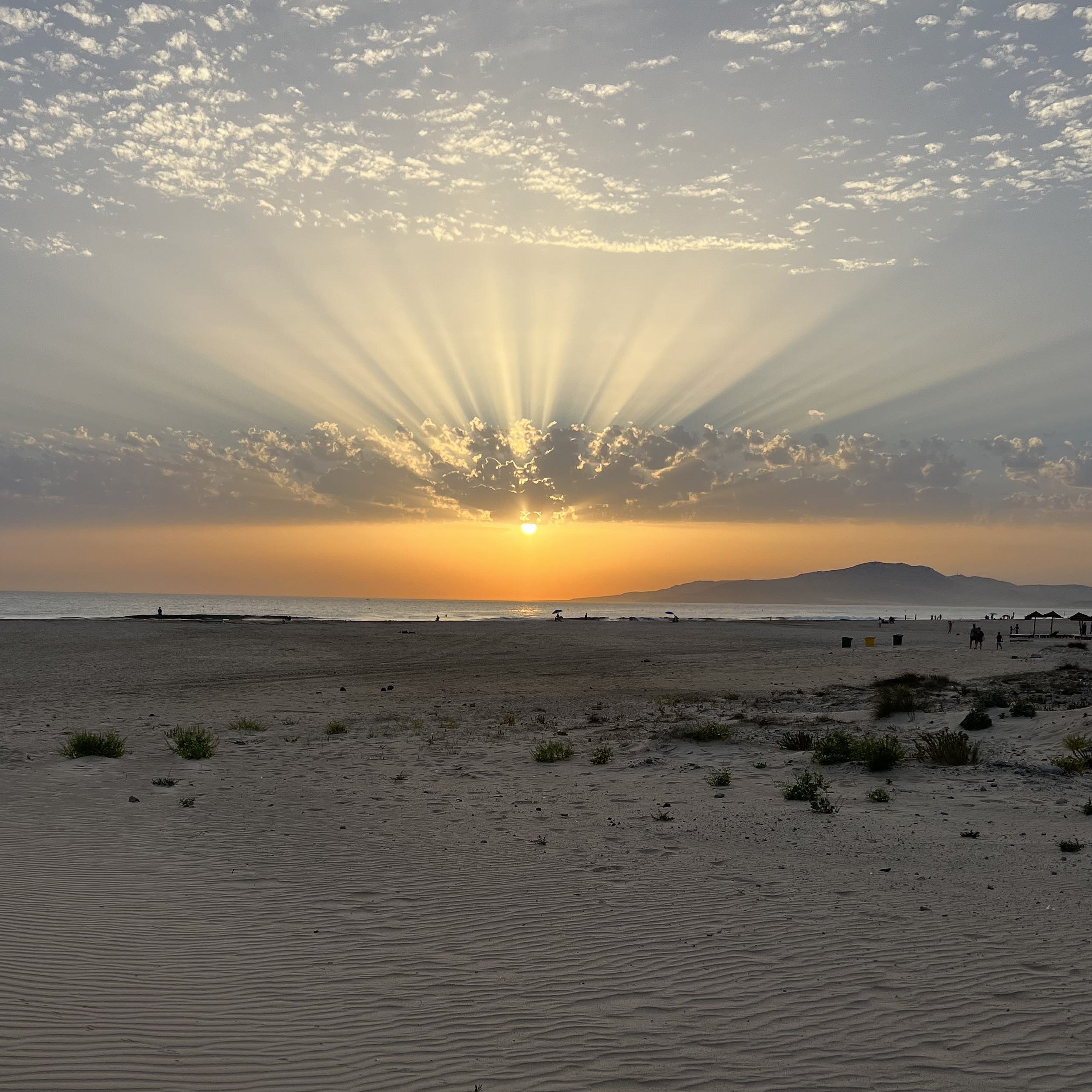
At any given moment there were thousands of soaring birds circling above or migrating in masses over the Strait of Gibraltar. The nights were equally enchanting; I counted migrating birds as they passed in front of the moon during a full-moon night survey and regularly heard the evening melodies of Tawny Owls and Little Owls.
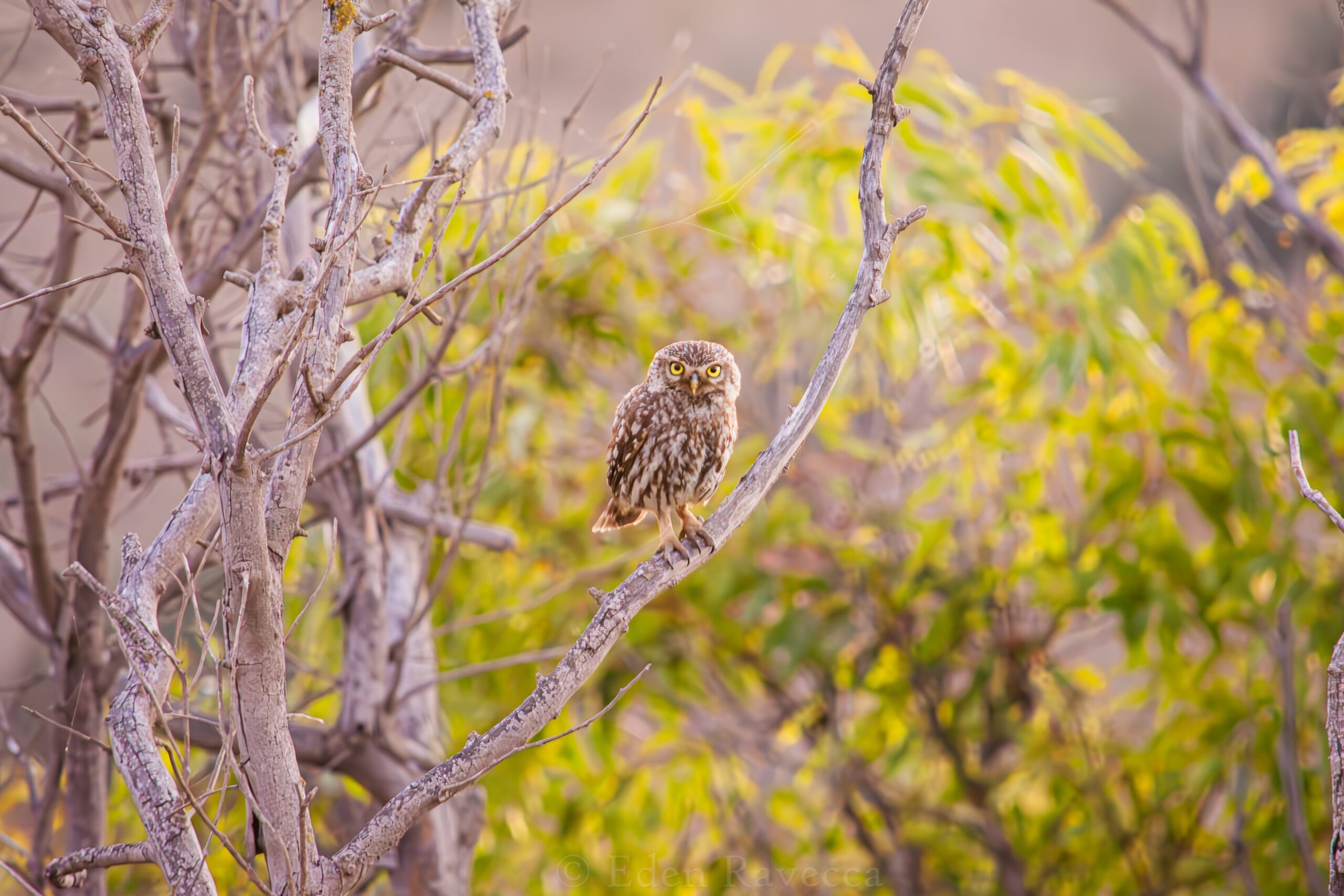
Collaboration with Fundación Migres
The awesome people I had the pleasure of working with in Tarifa were one of the brightest highlights of this experience. The scientists at Fundación Migres were so welcoming and generous with their immense knowledge. Their expertise, from the local systems to the evolutionary ecology of the area’s flora and fauna, was mind-blowing.
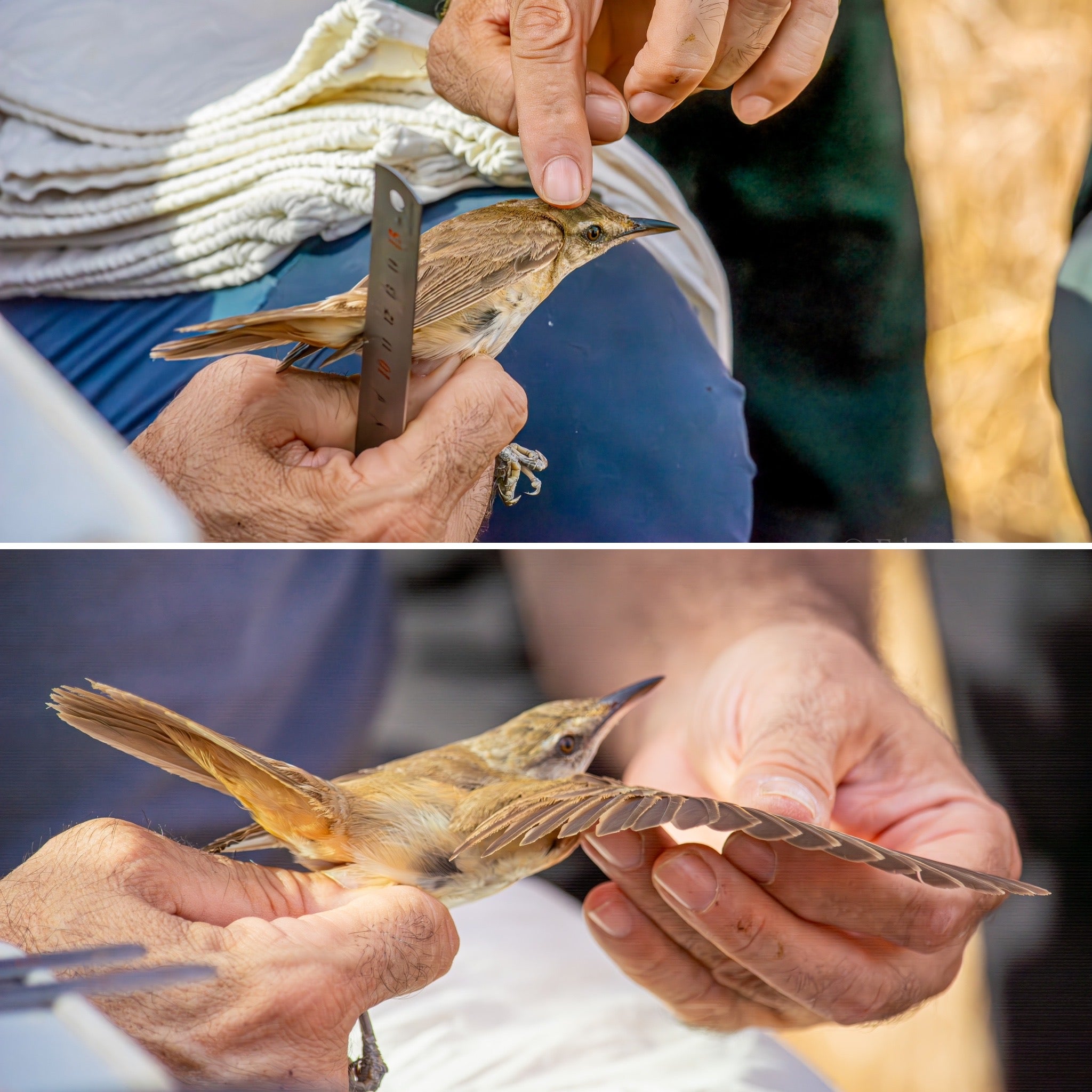
We delved deep into ecological relationships, I learned about the modern challenges faced by local wildlife, and explored the wide-ranging conservation efforts happening in southern Spain. One of the most fascinating topics I learned about was on the intricate evolution of migration, exploring the drivers of migratory behavior on both geological and contemporary time scales.
Guided by the local scientists, each day was like stepping into a world of endless discovery.Eden Ravecca
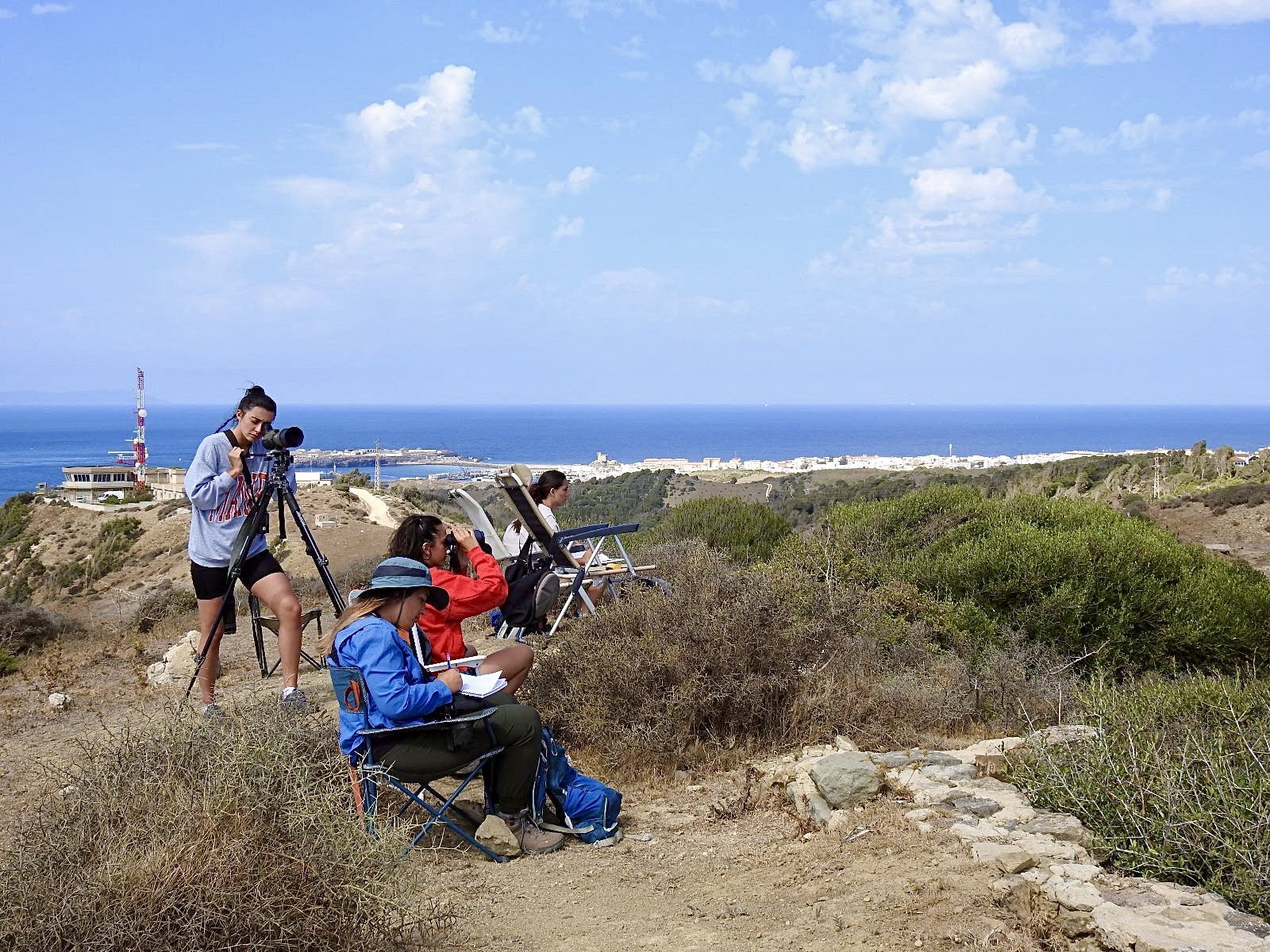
The work I did over the course of my internship was diverse and exciting. It began on Isla de Tarifa, the southernmost point of Spain and the European continent.
This island was a peaceful outdoor “office”, with views of Morocco in the distance.Eden Ravecca
I counted shearwaters, seabirds, cetaceans, and whales that migrate along the strait between the Atlantic and Mediterranean.
As the weeks went on, I had the opportunity to participate in a variety of research work, including monitoring a supplemental feeding station for Egyptian Vultures and contributing to the reintroduction projects for Osprey and Spanish Imperial Eagles.
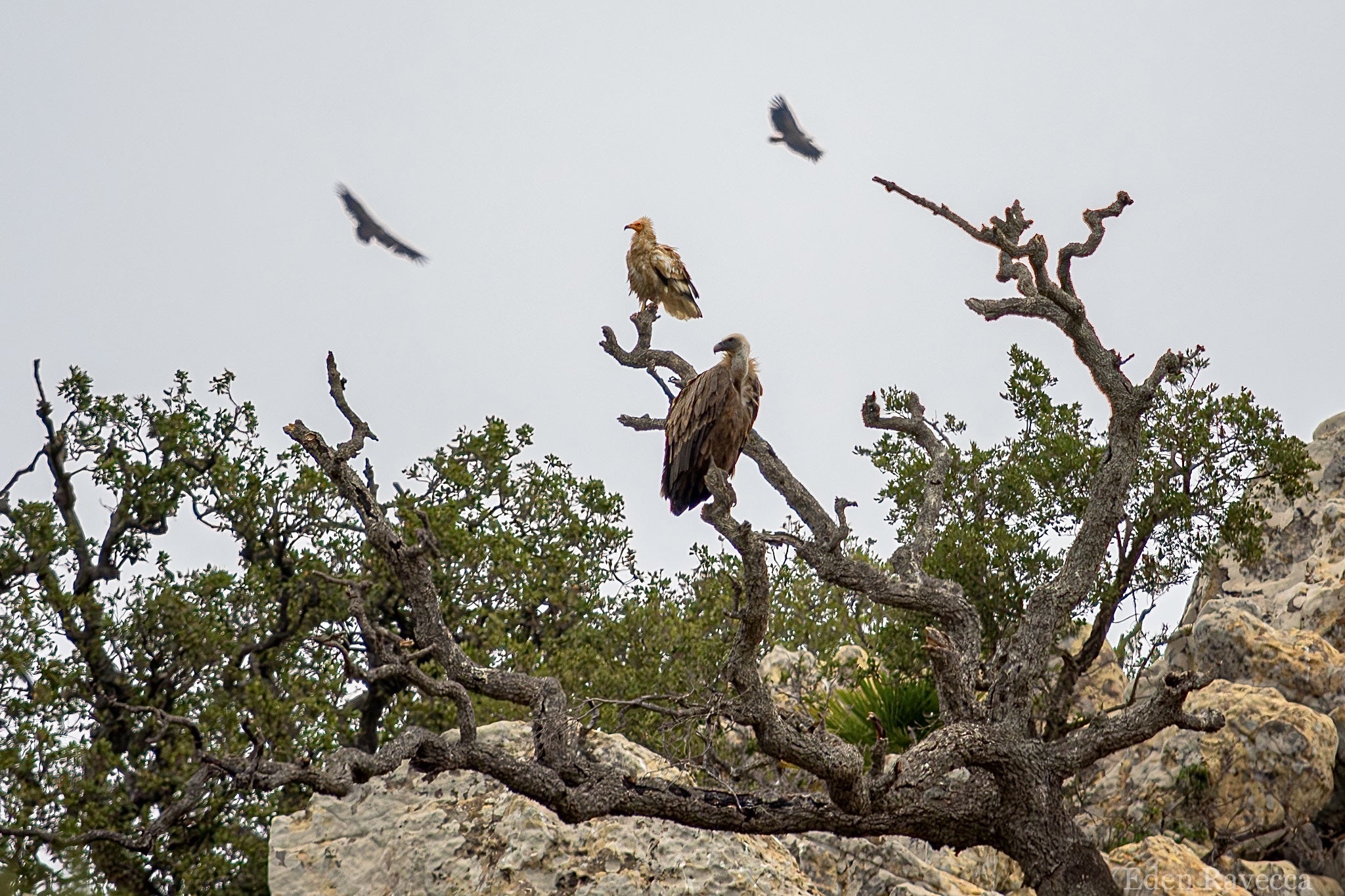
I also worked on some of the long-term projects, including counting the mesmerizing river of Black Kites, White Storks, Short-toed Snake Eagles, and Booted Eagles that migrate across the Strait of Gibraltar on their way south to winter in Africa.
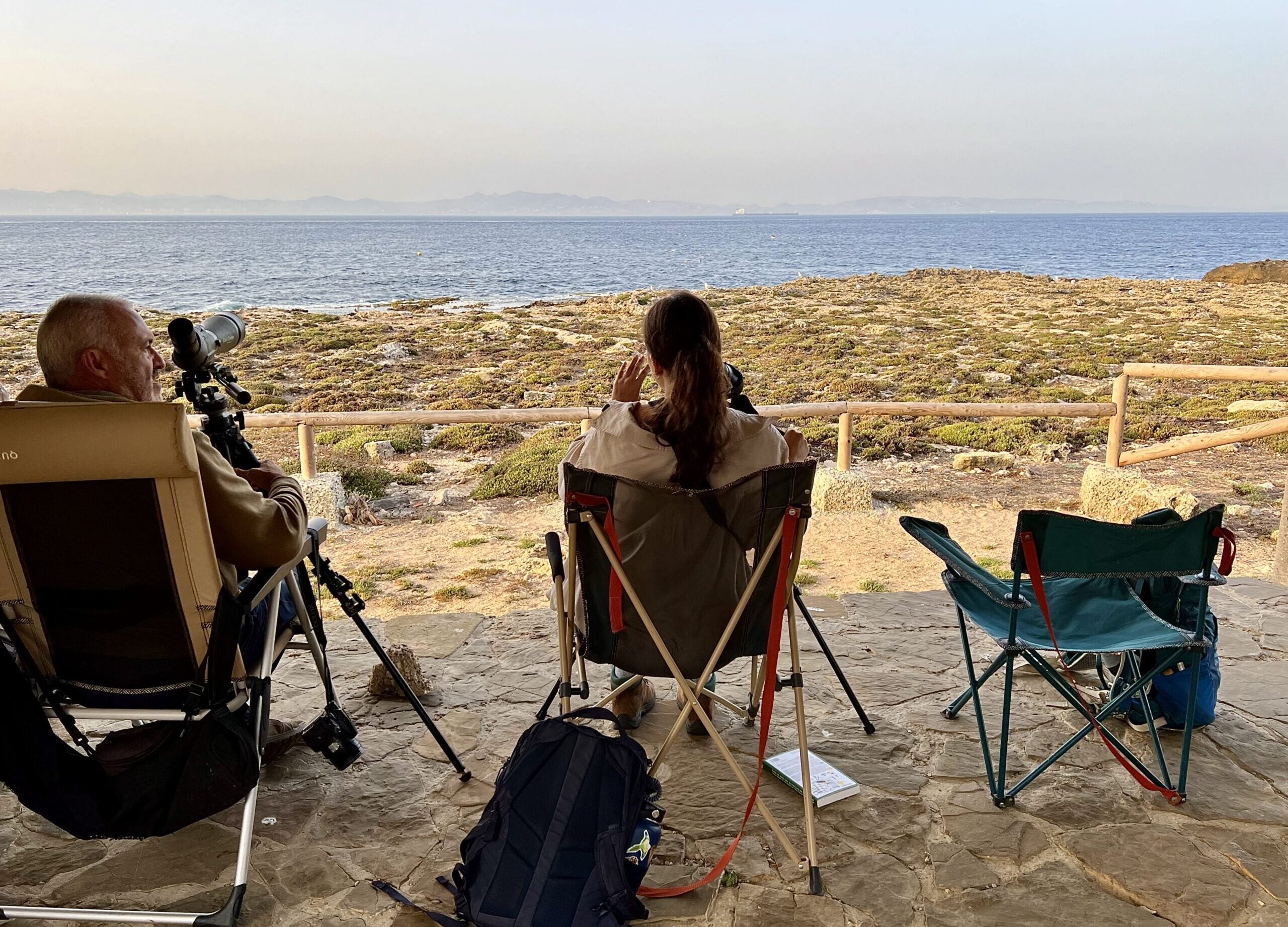
The field work I enjoyed most involved banding Black Kites and documenting their molt patterns.Eden Ravecca
These stunning birds, often overlooked because of their generalist nature, are not just common; they’re magnificent and strange, and successful because of their ability to adapt to a variety of different habitats.
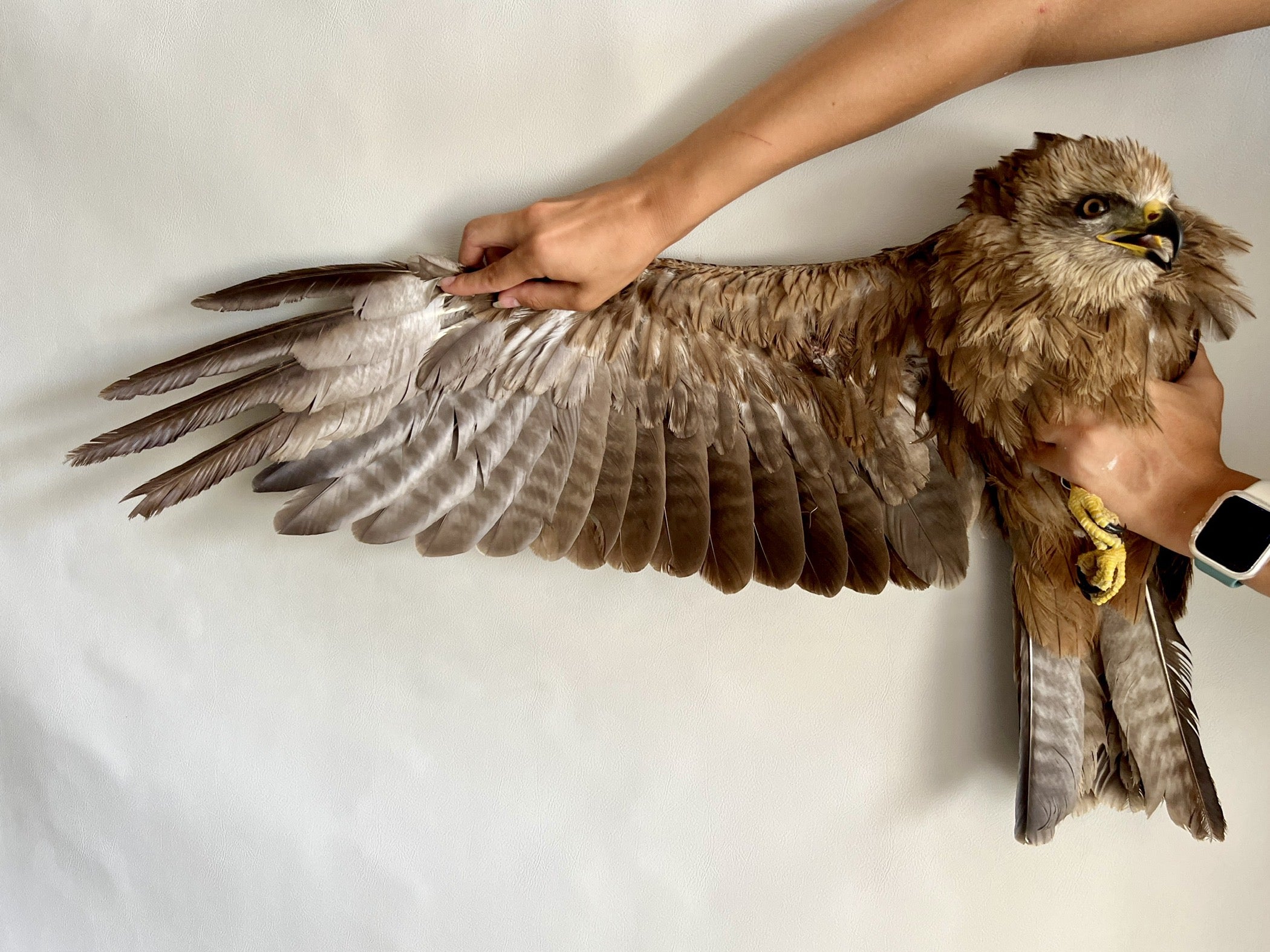
Reflecting on the Tarifa Experience
Reflecting on my time in Tarifa, I can’t help but marvel at how much I learned in those six weeks. But this internship was not just a learning experience; it was a cultural immersion.
A life-changing adventure, where every day was a new opportunity to be amazed by the wonders of the natural world.Eden Ravecca
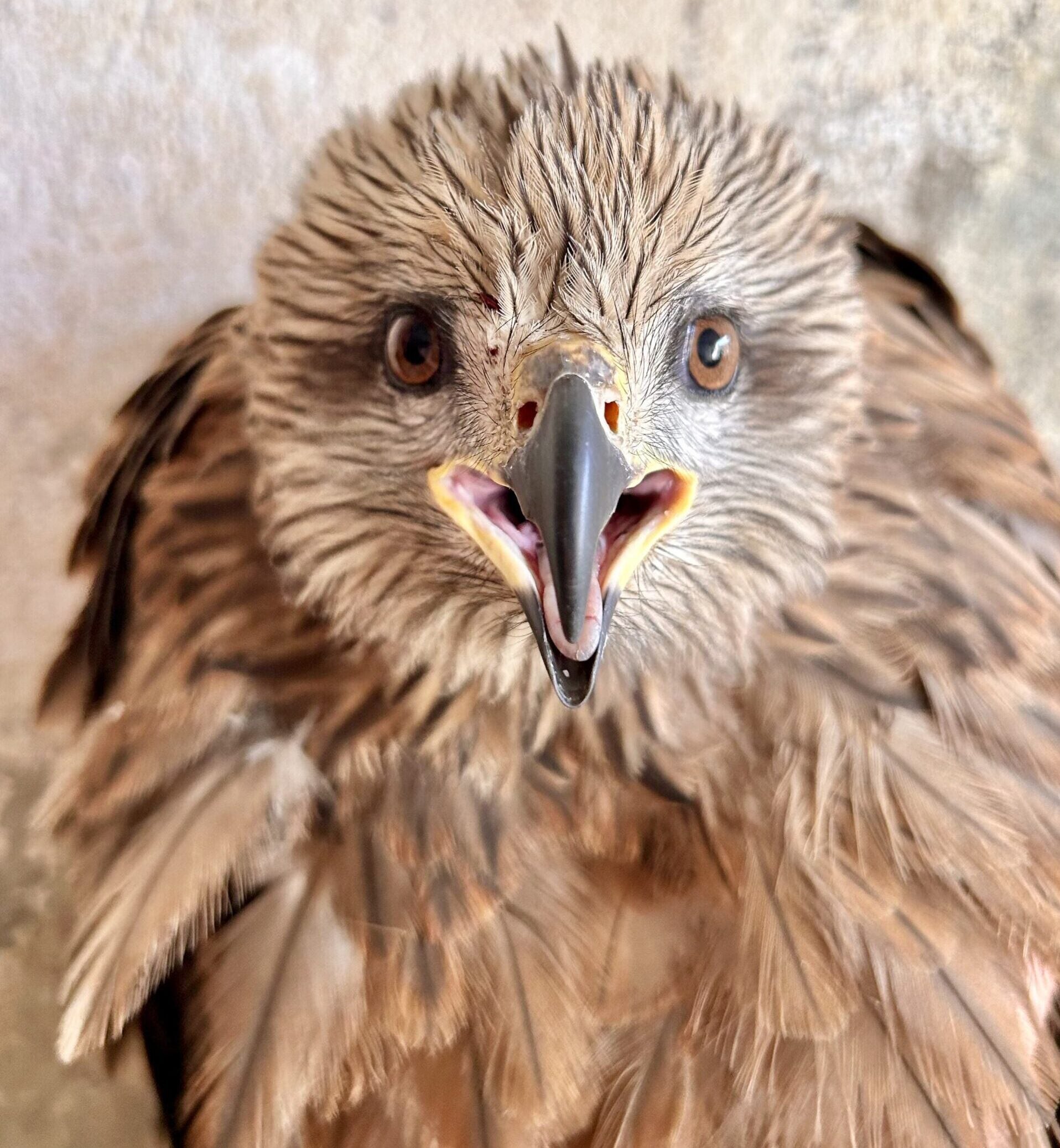
The mix of nature and culture, the incredible people I met, and the beauty of this unique corner of the old world have left an indelible mark on me. The town of Tarifa was a learning environment like no other – a place full of history and charm, where the skies came alive, and where the magic of southern Spain replenished my soul.
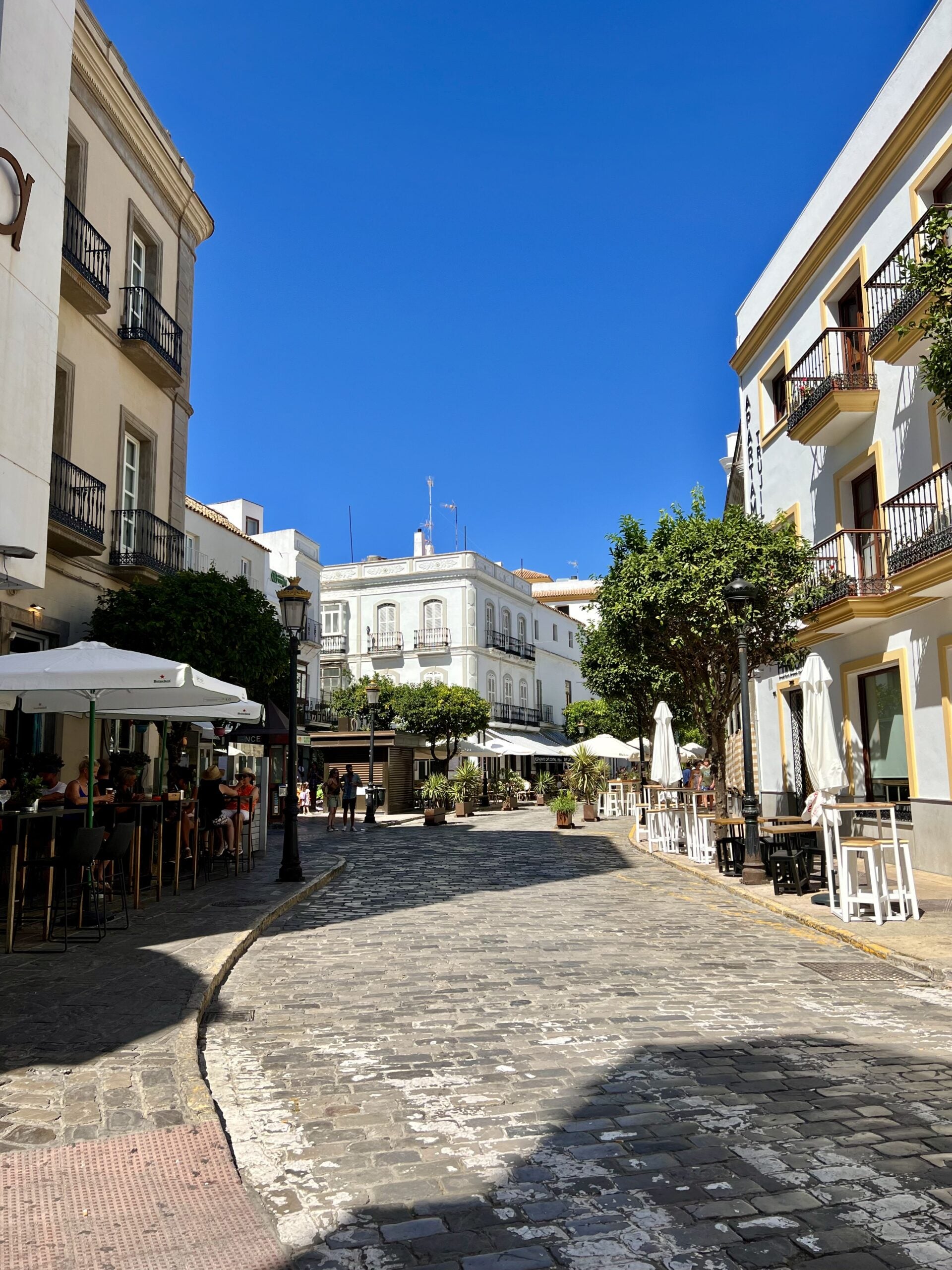
This article is part of our 2023 end of the year newsletter! View the full newsletter here, or click “older posts” below to read the next article.
Make sure you don’t miss out on IBO news! Sign up to get our email updates.